Barres en carbure massif changent la donne dans les industries qui exigent durabilité, précision et efficacité dans les outils de coupe, les composants automobiles et les équipements de fabrication spécialisés. Connues pour leur résilience, leur dureté et leur résistance à l'usure, les tiges de carbure monobloc se déclinent en différentes qualités et compositions adaptées à différentes applications. Mais qu'est-ce que les barres en carbure monobloc et pourquoi sont-elles si appréciées ?
Nous allons nous plonger dans le monde des barres de carbure solide, en abordant tous les aspects, des matières premières aux directives de sélection, en passant par les processus de production et les avantages et inconvénients des différentes qualités de carbure.
Qu'est-ce qu'une tige en carbure monobloc ?
Une barre en carbure monobloc est essentiellement une ébauche d'outil fabriquée à partir de carbure de tungstène (WC), lié à un liant métallique, généralement du cobalt (Co). Ces barres constituent le point de départ de la production d'outils de coupe à haute performance tels que les forets, les fraises, les alésoirs et les fraises en bout. Réputées pour leur extrême dureté et leur longévité, les tiges de carbure jouent un rôle essentiel dans les environnements de fabrication où la précision et la durabilité sont primordiales.
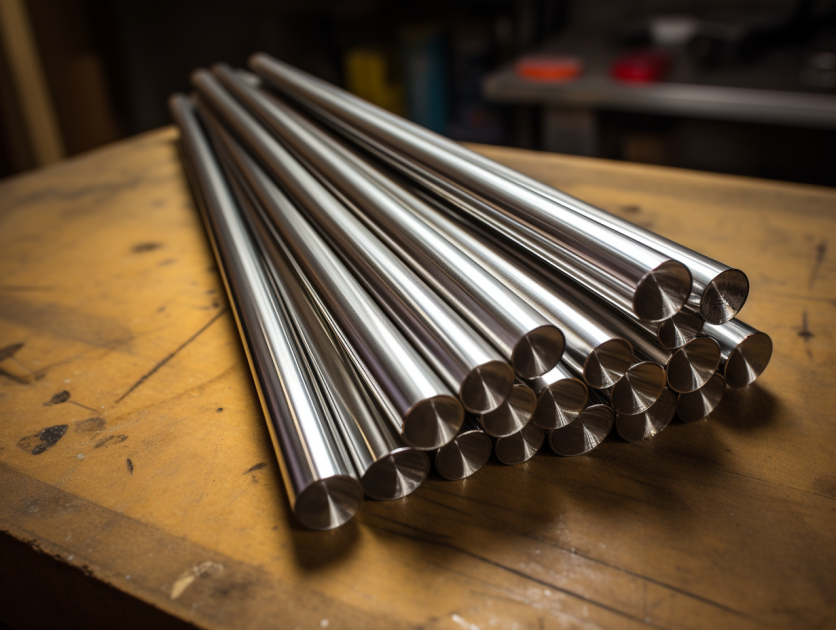
Types de barres en carbure monobloc
Il est essentiel de comprendre les types de tiges en carbure monobloc disponibles pour choisir celle qui convient le mieux à votre application. En voici une brève description :
| Type | Description | Applications |
|---|---|---|
| Tiges pleines standard | Tiges en carbure traditionnelles sans canaux de refroidissement. | Outils de coupe à usage général, tels que perceuses et alésoirs |
| Tiges alimentées par le liquide de refroidissement | Les canaux d'arrosage internes améliorent le refroidissement pendant l'usinage. | Usinage à grande vitesse en cas de surchauffe |
| Tiges à micro-grains | Composé de grains de carbure plus fins pour une dureté et une résistance à l'usure accrues. | Applications de haute précision telles que le micro-usinage |
| Baguettes à grains ultrafins | Une taille de grain encore plus fine qui offre une finition et une netteté supérieures. | Applications nécessitant une excellente tenue des bords |
| Tiges renforcées | Conçus avec une teneur supplémentaire en cobalt pour une meilleure résistance. | Usinage à haut rendement |
| Tiges de carbure personnalisées | Compositions et tailles personnalisées adaptées à des applications spécifiques. | Exigences en matière d'usinage spécialisé |
| Ébauches de tiges en carbure | Formes de base des barres sans caractéristiques spécifiques, utilisées comme matières premières pour l'outillage sur mesure. | Outillage général et personnalisation |
Analyse de la composition des matières premières Tiges en carbure massif
Les barres de carbure solide sont principalement constituées de poudre de carbure de tungstène, mélangée à du cobalt pour lier les particules entre elles. Examinons de plus près la composition de ces barres :
- Carbure de tungstène (WC): Constitue le composant principal, offrant une dureté et une résistance à l'usure extrêmes.
- Cobalt (Co): Utilisé comme liant pour maintenir les particules de tungstène ensemble et fournir une résistance aux chocs.
- Éléments supplémentaires: D'autres éléments tels que le tantale et le titane peuvent être ajoutés pour modifier davantage les caractéristiques de performance du barreau.
Cette combinaison crée un matériau d'une dureté inégalée, parfait pour les environnements soumis à de fortes contraintes et à des températures élevées, où l'acier traditionnel ne suffit tout simplement pas.
Applications des barres en carbure monobloc
Les tiges en carbure monobloc sont essentielles dans un grand nombre d'industries. Voici comment différentes applications bénéficient de ces tiges robustes :
| L'industrie | Application |
|---|---|
| Automobile | Usinage de précision pour les composants de moteurs |
| Aérospatiale | Fabrication d'aubes de turbines et de pièces de structure |
| Pétrole et gaz | Outils de forage pour les environnements difficiles |
| Équipement médical | Fabrication d'instruments chirurgicaux |
| Électronique | Production de micro-composants |
| Outil et matrice | Fabrication de moules et de matrices |

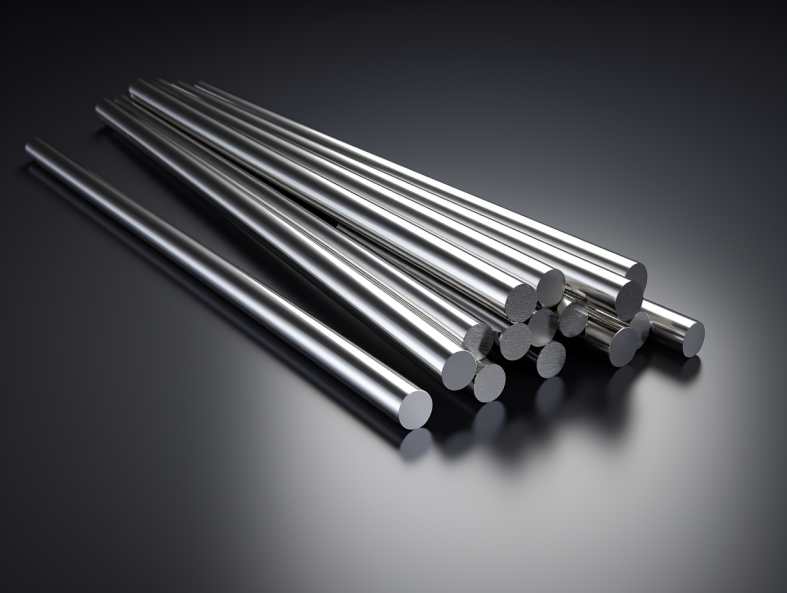
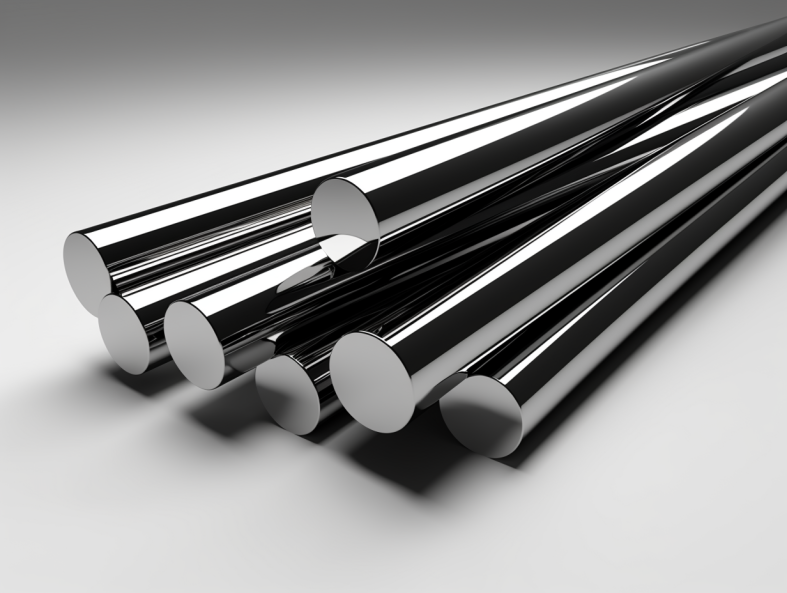
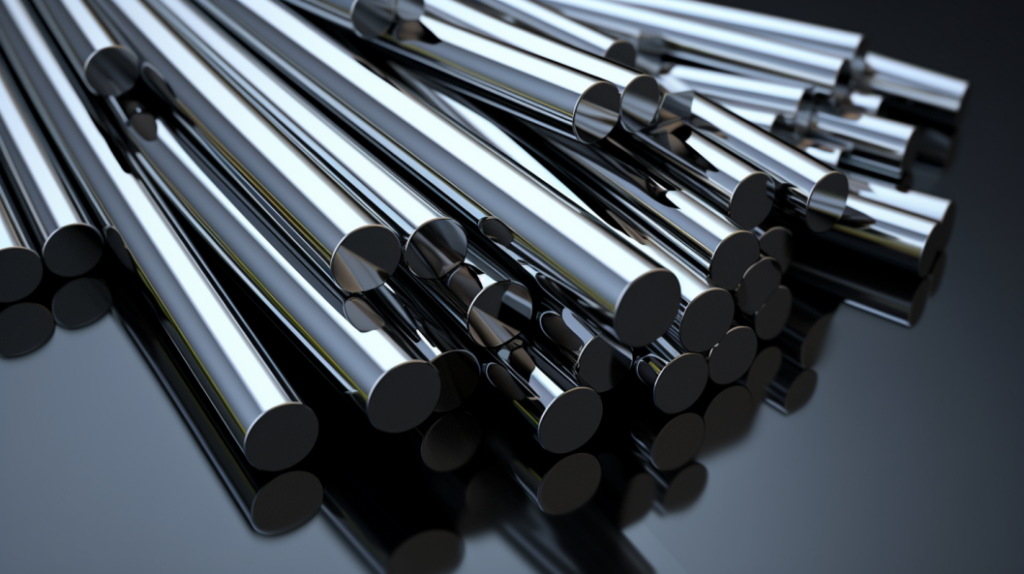
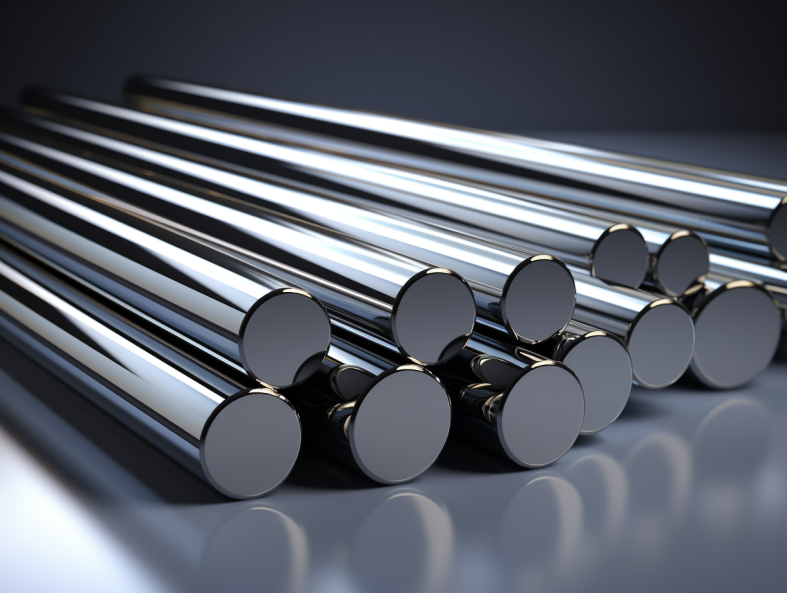
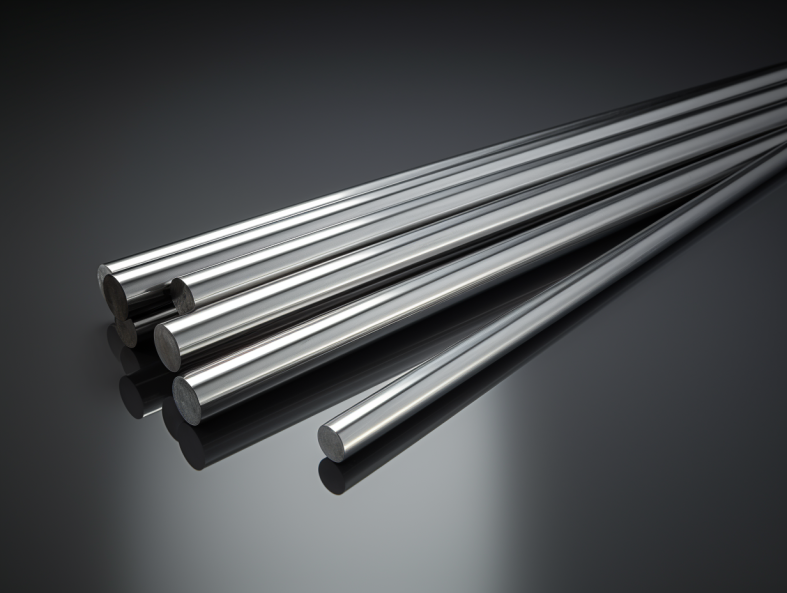
Processus de production des barres de carbure solide
La production de barres de carbure solide est un processus détaillé qui comprend la préparation de la poudre, le pressage, le frittage et la finition. Passons en revue chaque étape.
- Préparation de la poudre: La poudre de carbure de tungstène est mélangée à du cobalt et à d'autres matériaux.
- Appuyer sur: La poudre mélangée est pressée sous forme de bâtonnet.
- Frittage: Le frittage à haute température lie les particules entre elles, ce qui donne un matériau solide et durable.
- Finition: La barre est coupée à la taille, rectifiée et polie pour répondre à des exigences spécifiques.
Propriétés matérielles des barres de carbure
| Propriété | Description |
|---|---|
| Dureté | Dureté extrêmement élevée, souvent supérieure à HRC 90 |
| La force | Résistance élevée à la compression, généralement de l'ordre de 4000 MPa |
| Résistance thermique | Peut résister à des températures élevées sans perdre sa dureté |
| Résistance à l'usure | Excellente résistance à l'usure abrasive |
| Densité | Typiquement autour de 14,5 à 15,0 g/cm³. |
Composition, propriétés et caractéristiques des différentes qualités de carbure
| Grade | Composition (rapport WC/Co) | Dureté | Solidité | Résistance à l'usure | Applications |
|---|---|---|---|---|---|
| WC-8Co | 92% WC, 8% Co | HRC 90 | Modéré | Haut | Découpage général |
| WC-10Co | 90% WC, 10% Co | HRC 88 | Haut | Modéré | Coupe robuste |
| WC-12Co | 88% WC, 12% Co | HRC 87 | Très élevé | Modéré | Zones sujettes aux chocs |
| WC-6Co | 94% WC, 6% Co | HRC 91 | Faible | Très élevé | Coupe de précision |
| WC-4Co | 96% WC, 4% Co | HRC 92 | Très faible | Extrêmement élevé | Outils ultrafins |
Comparaison de la dureté, de la solidité et de la résistance à l'usure
| Type | Dureté (HRC) | Résistance (MPa) | Résistance à l'usure |
|---|---|---|---|
| Tiges standard | 88-90 | 3000-4000 | Haut |
| Micro-grain | 90-92 | 2800-3800 | Très élevé |
| Ultra-fin | 92-94 | 2600-3700 | Extrême |
Spécifications et tailles disponibles pour Tiges en carbure massif
| Spécifications | Diamètre (mm) | Longueur (mm) | Tolérance |
|---|---|---|---|
| Standard | 3-40 | Jusqu'à 330 | ±0,1 mm |
| Micro-grain | 1-20 | Jusqu'à 150 | ±0,05 mm |
| Dimensions sur mesure | Selon la demande | Selon la demande | Personnalisable |
Choisir la bonne tige en carbure monobloc
Le choix de la bonne tige de carbure solide dépend de l'application. Les facteurs à prendre en compte sont la taille des grains, la dureté et la ténacité.
| Critères | Meilleure option |
|---|---|
| Usinage de précision | Barres à grains ultra-fins pour l'usinage à tolérances serrées |
| Coupe à usage intensif | Tiges standard ou renforcées pour une plus grande durabilité |
| Résistance à la chaleur | Tiges alimentées en liquide de refroidissement pour maintenir le contrôle de la température |
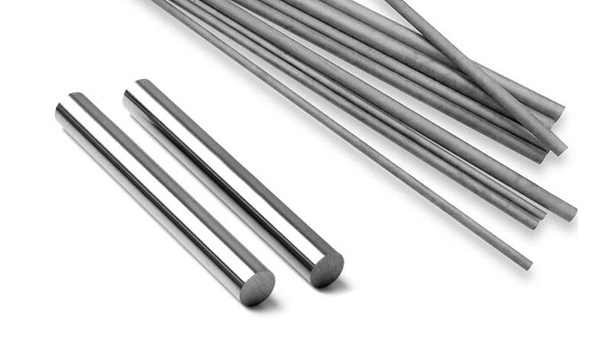
Avantages et limites de la Tiges en carbure massif
| Avantages | Limites |
|---|---|
| Dureté et résistance à l'usure exceptionnelles | Fragile dans certaines applications |
| Haute stabilité thermique | Plus cher que d'autres matériaux d'outillage |
| Longue durée de vie dans l'usinage de précision | Nécessite une manipulation précise |
FAQ
| Question | Réponse |
|---|---|
| De quoi sont faites les tiges en carbure monobloc ? | Principalement du carbure de tungstène avec du cobalt comme liant. |
| Pourquoi choisir le carbure monobloc plutôt que l'acier ? | Le carbure offre une plus grande dureté, une meilleure résistance à l'usure et une plus grande stabilité thermique. |
| Les barres de carbure peuvent-elles résister à des températures élevées ? | Oui, ils sont très résistants à la chaleur et à l'usure à haute température. |
| Existe-t-il des options de tiges en carbure sur mesure ? | Oui, de nombreux fournisseurs proposent une personnalisation de la taille, de la composition et du grain. |
| Où puis-je acheter des tiges en carbure monobloc ? | Disponible auprès de nombreux fournisseurs industriels, dont certains proposent des commandes en ligne. |




